Kapha is the third dosha. There is a reason for it being the third and the last dosha. The reason is that kapha is the mildest dosha and creates a minimum imbalance in the body.
It is slow to cause disorders and causes the least number of diseases in the body. The kapha disorders are normally not life-threatening or fatal. Besides, they have a very slow and long incubation period. Therefore, kapha disorders offer a longer window for successful treatment.
That’s why it is the last dosha in Tridosha.
Read our tridosha article to know more about The Dosha Theory in Ayurveda
Characteristics of Kapha Dosha
स्निग्धः शीतो गुरुर्मन्दः श्लक्ष्णो मृत्स्नः स्थिरः कफः। Ashtang Hridya Sutra
Sthana 1:12
The kapha dosha is unctuous, cool, heavy, slow, slimy, sticky, and stable.
If vata dosha handles the kinetic energy and pitta dosha supervises the heat in the body; management of inertia or the latent energy can be attributed to kapha dosha. The primary function of kapha is the formation and maintenance of tissues. And its features are a complete package for the job.
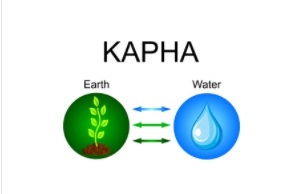
Particles settle down and crystalize as they lose energy. Therefore, coolness, heaviness, slowness, stability is an important property for any formation. Moisture also denotes inter particle adhesive forces.
These qualities find hosts across the body. Therefore, all dosha including kapha function like a wave of effect on the entire metabolism, whether it is a cell or an organ system.
Abode of Kapha Dosha
उरः कण्ठशिरः क्लोमपर्वाण्यामाशयो रसः।
मेदो घ्राणं च जिह्वा च कफस्य सुतरामुरः ।। Ashtang Hridya Sutra Sthana 12:3
- Prominent sites of kapha dosha are
- Chest region
- Throat
- Head
- Soft palate/ pancreas
- Bony joints
- Stomach
- Rasa (chyle)
- Adipose tissue
- Sense of smell
- Tongue
- Mucus
These sites host all the qualities of kapha dosha. Incidentally, all these body parts are most susceptible to kapha related disorder. Some of the special characteristics of kapha sites are –
- All these parts are not meant for locomotion and have limited movement as is in the case of vata dominated organs.
- All these body parts also contain the largest stable protective pouches, for example, the mucus layer around the heart (pericardium), lungs(pleura), meninges (brain).
- Besides, these organs have no major heat or chemical transformation as happens in the abdominal cavity (abode of pitta).
- Also, parts like the throat and chest (lungs) are most susceptible to congestion, stiffness, numbness, etc. (kapha excess)
Normal Functions of Kapha Dosha
The dosha are present all over the body, just like electricity is present all over a circuit. However, they perform distinct functions with a different set of properties on individual organ systems. Following are the primary functions of Kapha in the body.
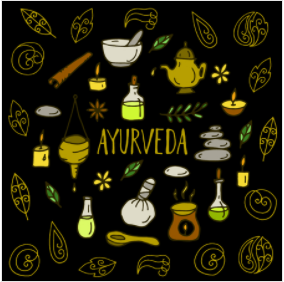
- Consolidation of bone joints
- Moisturization
- Overall Healing
- Lining and filling of body tissues
- Strength
- Stability
- Binding and condensing the body structures
- Forgiveness
Kapha dosha is very close to the concept of stationary balance or inertia. Therefore, anything that is stable (immovable) belongs to kapha. As mentioned in the dosha blog, dosha are natural vehicles of imbalance. Let’s take the example of bone joints to understand the comprehensive effect of kapha dosha.
- Logically, adequate moisturization(kapha balance) of bone joints preserves them, whereas drying up of the synovial fluid(vata excess) or joint inflammation(pitta excess) results in disorders.
- Also, excess moisturization (kapha excess) might lead to excess inertia. It may result in stiffness or numbness (vata deficiency) or cold feeling(pitta deficiency) in the joints.
General Causes for Kapha Imbalance
As mentioned in the previous blogs, imbalance technically signifies both excess or deficiency.
But the following causes are attributed primarily to kapha excess, because when kapha goes down, it is complemented by a simultaneous increase in vata, pitta, or both. Therefore, Kapha deficiency is normally discounted for vata excess or pitta excess.
- Excessive consumption of sweet, sour, and salty foods
- Excessive intake of oily, heavy, viscous, and cold goof
- Sedentary lifestyle
- Excessive sleep
- Sleeping during the daytime
- No exercise or manual work
- Indigestion due to mid-meal snacking
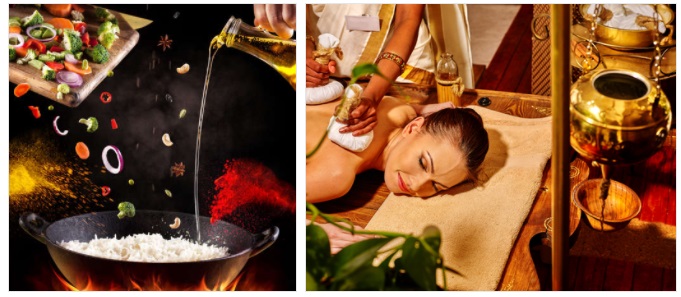
Features of Kapha Imbalance
These features indicate the impact of kapha dosha on the body. For example, when the cooling property of the kapha dosha is in excess it might fuel cold, cough, and related disorders. Also, kapha dosha is responsible for heaviness after meals.
In a mild form of imbalance, Kapha can cause 20 types of distinct symptoms like heaviness, lethargy, chills, paleness, etc.
Excess of Kapha Dosha
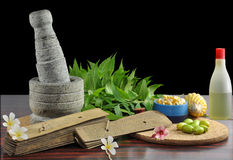
- Weak digestive fire
- Excessive salivation
- Lethargy
- Heaviness
- Whitish color or extreme paleness
- Laxity or flabbiness in the body
- Breathlessness
- Cough
- Excessive sleep
Deficiency of Kapha Dosha
- Giddiness
- A feeling of Hollowness in the body
- Palpitations
- Weak bone joints
Diet for Kapha Dosha : General Home Remedies
The treatment Concept
- Removal of the cause is the first step to a permanent cure
- Ayurvedic treatment logic says that similarity increases and dissimilarity (of qualities) diminish a substance. Therefore, for the treatment of the excess kapha dosha, we should apply qualities opposite to the kapha qualities. Accordingly, some of the classical kapha balancing treatments are –
- Adequate exercise (opposite to stability)
- Warm, light, and drying food (opposite to cold, heavy, and moist)
- Use of warm spices like ginger, garlic, black pepper, clove, black cardamom, etc.
- Fasting (removes heaviness)
- Body Massage
- Panchkarma
It is interesting and important that for achieving kapha balance you don’t need to eat anything, you need to fast. However, medicines are applied to assist the body and accelerate the healing. Some of the practical and easy to apply home remedies for most common kapha imbalances are –
Home Remedy for Indigestion
- Chop fresh ginger in thin flakes.
- Fry the flakes in ghee (Indian butter)
- Add a small amount of black salt according to taste
- Cool and store in an air-tight glass jar.
- Consume 3-4 flakes before every meal to prevent and cure indigestion
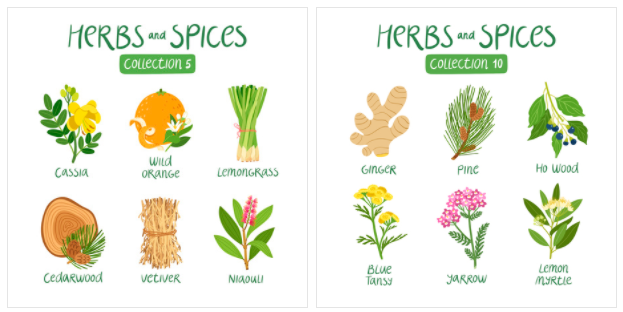
- Precautions – Avoid using oils instead of ghee. Skip ghee if not available.
Home Remedy for Cold
- Mix 1/4 tsp of ginger (paste or powder) and turmeric (paste or powder) each in 500 ml water.
- Add 2-3 crushed green cardamom and 1-2 black peppers to the solution.
- Add molasses or jaggery according to taste. (not too sweet)
- Boil the mixture till half of the water evaporates.
- Drink warm 5-6 times a day on the second day of cold.
- Add salt instead of jaggery in case of dry cough.
Precaution –
- Avoid adding milk to this recipe. Milk and jaggery are incompatible together. If you need to add milk, use sugar instead of jaggery.
- Avoid adding salt and milk together, they form an incompatible combination.

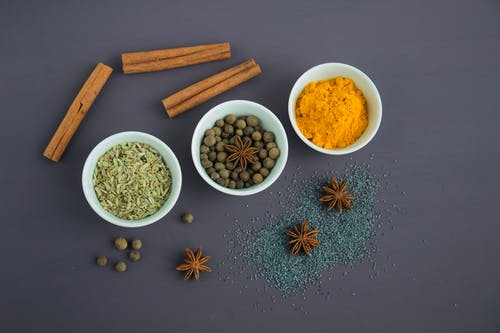
Home Remedy for Cough
- Melt 100 gm jaggery in a pan.
- Add 5-6 crushed black pepper and 10 gm ghee (Indian butter) to melted jaggery.
- Make small balls from the mixture and store them in an air-tight glass jar.
- SOS remedy for all kinds of coughs – keep in the mouth and suck for immediate relief from cough.
Precautions –
- Do not replace jaggery with sugar or honey.
- Increase or decrease the quantity of black pepper to suit children.
- Do not add black pepper to unmelted jaggery.
- Avoid using oils instead of ghee. Skip ghee if not available.
I hope that you benefit from this information and have a long healthy and peaceful life!
